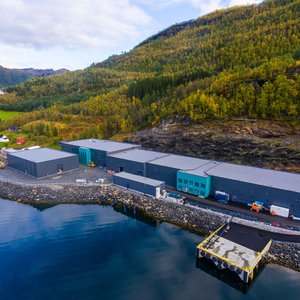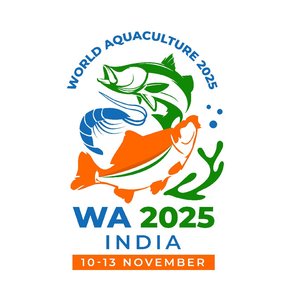A new study proposes an innovative enrichment strategy to produce Artemia nauplii rich in essential fatty acids and/or polar lipids, similarly to that of the wild copepods' lipid profile.
Wild copepods are the main natural diet of marine finfish and they meet the larvae's requirements in phospholipids and essential fatty acids (EFA). While Artemia nauplii are an easier and more reliable live feed to produce in hatcheries for marine fish larvae than wild zooplankton, enrichment products commercially used lack phospholipids and essential long-chain polyunsaturated fatty acids (LC-PUFA).
Researchers from the University of Stirling and CSIC in Spain showed that it is possible to increase the levels of phospholipids and DHA within the polar lipid fraction of Artemia nauplii using marine lecithin through a process that they refer as “boosting”. A cheaper alternative to marine lecithin, soy lecithin, was also tested but resulted only in a significant increase of the phospholipid content of the nauplii with no positive effect on the essential LC-PUFA levels, due to the absence of LC-PUFA in the soy lecithin. The marine lecithin boosted Artemia showed three times more DHA among their polar lipids than other treatments.
This study also showed that the levels of DHA in the polar lipid fraction in the Artemia boosted with marine lecithin did not reflect the levels in the lecithin, highlighting the complexity of the boosting process.
Finally, chilling enriched Artemia nauplii at 5 °C for up to 10 h did not impact on their nutritional quality post-enrichment.
Read the study here.











